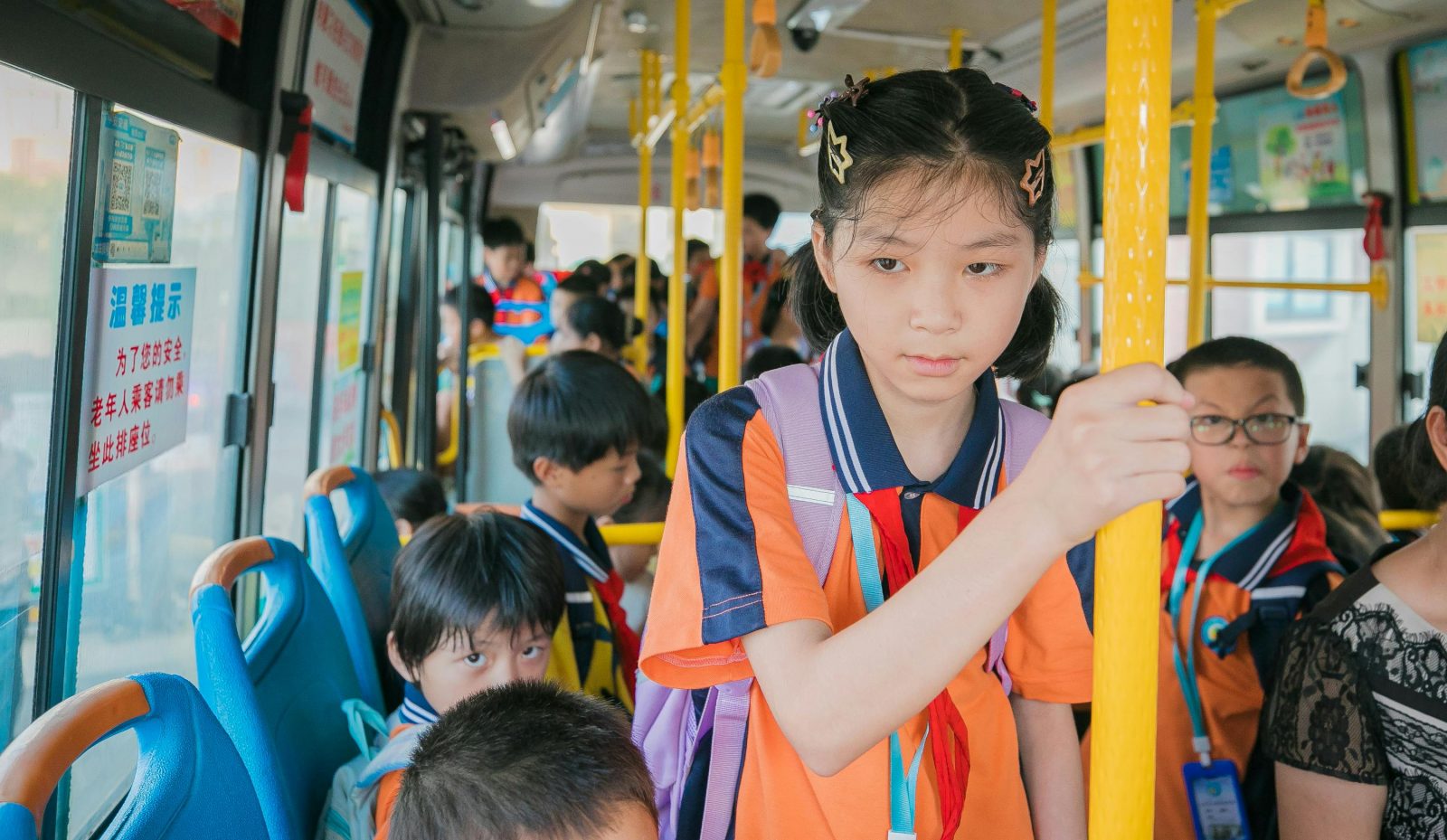As a new school year begins, thousands of families across Spain are once again adjusting to the daily routine of getting children to and from school. For many, that means the school bus — a familiar sight on our roads, and a lifeline for parents juggling busy schedules.
Each day, hundreds of thousands of pupils travel by bus, with some near 20,000 vehicles dedicated to school transport. It is, statistically, one of the safest ways for children to make the journey. Even so, there are risks, and with a little awareness, parents and guardians can help reduce them further.
Contents
The importance of seatbelts
If a bus is fitted with seatbelts, they must be worn. Research shows that seatbelts can cut the risk of fatal injury by up to 90% in the event of a collision or rollover. A properly fastened belt keeps a child in place, reducing the chance of being thrown from their seat and limiting injuries to the chest, abdomen, and legs.
Since 2007, all new buses in Spain must be equipped with seatbelts. However, many older vehicles remain in circulation, and not all of them meet that standard. The government has recently advanced a proposal requiring all school buses to have seatbelts, though it may take years before this is fully implemented. In the meantime, parents should not hesitate to ask schools about the safety features of the vehicles they use.

Simple rules for children
Parents and carers can play an important role by reminding children of a few basic rules for safe bus travel:
- Never cross behind the bus.
- Wait for the driver’s signal before crossing in front, and always pass at least three metres ahead.
- Stay seated during the journey, with your seatbelt on if fitted.
- Do not run to or from the bus.
- Listen to the driver and monitor — their instructions are there for safety.
What parents can do
Alongside teaching children good habits, parents should check whether buses used by their school are fitted with seatbelts and whether a monitor travels with younger pupils. Where possible, encourage schools to choose operators with modern, well-equipped vehicles.
Campaigns and enforcement
Later this year, the Guardia Civil, the DGT, and local police will take part in a nationwide campaign on seatbelt and child restraint use, with specific attention given to school buses. While enforcement is important, the message is simple: these rules exist for one reason — to save lives.
Discover more from N332.es - Driving In Spain
Subscribe to get the latest posts sent to your email.

You must be logged in to post a comment.